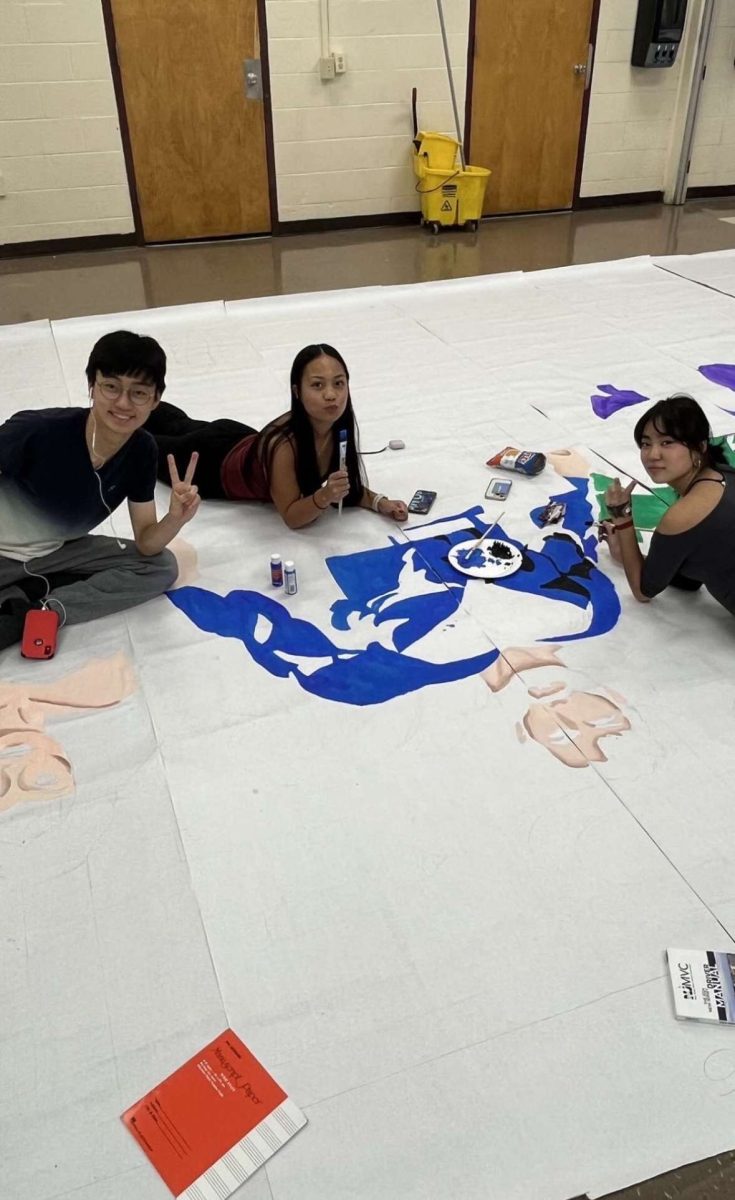Are Students Feeling Burnt Out?

April 7, 2022
It’s the week before spring break, and students should be excited about a vacation. But students are more stressed than ever. They feel the end of year burnout coming earlier than normal, a state of emotional, mental, and often physical exhaustion brought on by prolonged or repeated stress. In August of 2020 student burnout was at 40%, in April 2021 it rose to 71%. This drastic change is not just a coincidence, the question is why did it rise so high?
Coined by 1970s American psychologist Herbert Freudenberger, burnout is used to describe the consequences of severe stress and being overworked. Though it was first used to describe the mental and physical condition of a helping professional (such as doctors and social workers), it has since been used to describe all people who are expected to perform under stressful conditions. Symptoms of burnout include mental exhaustion, emotional alienation from the rest of the world, and reduced performance in both work and home life.
But it doesn’t only affect your mental health. Sometimes burnout can even have effects on someone’s physical health. Students in a school setting might feel the effects of burnout in their sleep schedule, how they engage with their friends, and in other spheres of their life.
Students are not exhausted but burnt out because they have reached their breaking point but have to work through it and keep going since they cannot just stop coming to school. So are students just giving up, or trying to push through. Freshman Imane Chenni had some ideas. “I don’t want to give up but I realize it is not as important as everyone believes it to be. So I don’t stress out about it anymore. I think oh well I can’t change anything,” she said.
But why are they getting burnt out so quickly? ”I think that students are getting burnout because it is later in the year and as we get closer and closer to June people get less and less interested in their studies and their classes. I wish that I was more engaged in my classes but I don’t know how to fix it,” said sophomore Amanda Horn. According to American Psychology Association, American teens rated their stress level at 5.8 out of 10. Meanwhile, the normal stress level for adults is 3.8. As students shouldn’t the stress level be lower?
Senior Christine Moya explained that the workload was the biggest issue. “Students are getting burnout from all the workload they are getting from teachers. Before it was easier during covid because there wasn’t as much work to put in and kids aren’t used to getting back to before covid school life. Also, teachers don’t take into consideration that kids have lives outside of school. They also don’t understand that we have other classes with a lot of work that they don’t see,” she said.
Another student mentioned how they like to wind down after a long day. “I cope by taking time for myself every once in a while if I have spare time where I could do more homework to “get ahead” instead I try to relax and disconnect, watch Netflix organize my room, or go to bed early to rest,” said junior Erica Cuciti.
The teachers are also struggling with this issue. Gym teacher Mr. Basilicato said, “Yes, teachers can get burnt out because it’s a long stretch without breaks. We are all human and everyone gets burnt out eventually. So spring break is a nice way to recharge.”
For both teachers and students, burnout is a major issue. Due to a variety of reasons including (but not limited to) stress, workload, other after-school commitments, and the stress of the school year coming to an end, school feels like just another chore to finish. Hopefully, spring break will be a moment for everyone to recharge and get a moment of peace in such stressful times.






